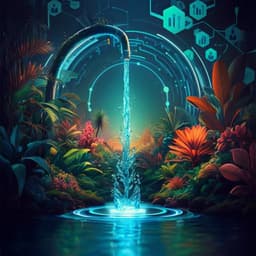
Environmental Studies and Forestry
Make it easier to be green: Solutions for a more sustainable planet
A. J. Tanentzap
This editorial highlights the critical need for sustainable solutions to combat the environmental crisis stemming from unsustainable resource usage. Authored by Andrew J Tanentzap, it introduces a collection of articles offering actionable solutions focused on innovations in green technologies and bioengineering.
~3 min • Beginner • English
Related Publications
Explore these studies to deepen your understanding of the subject.







